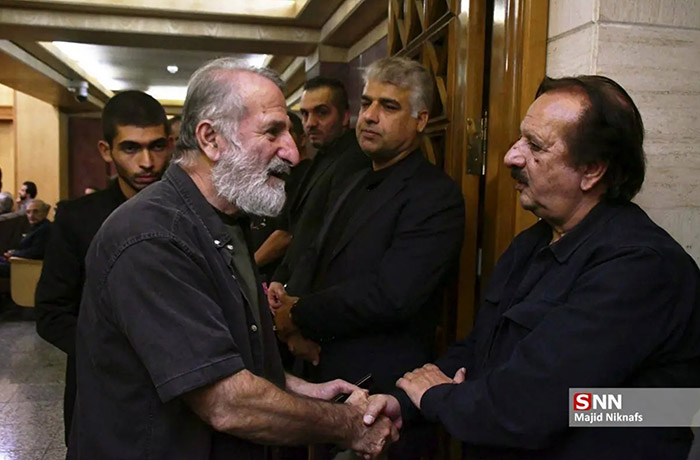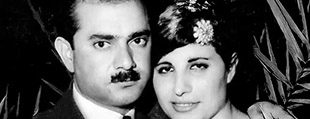Immediately after the revolution, Kasbi served as head of the Radio Drama Unit for two years, during which he also worked as a radio broadcaster. Radio drama, at the time, played an important role in shaping the post-revolutionary cultural narrative, focusing on themes such as sacrifice, justice, and social ethics.
The first theater performance staged after the revolution — Nehzat-e Horufiyeh (The Movement of Letters), written by Martyr Hossein Qashqai and directed by Davood Daneshvar — featured Kasbi in a leading role. The play, performed in Farvardin 1358 (April 1979) at the City Theater of Tehran, symbolized a new era of Islamic-oriented theater that sought to reconcile artistic expression with revolutionary ideals.
Founding of the Islamic Art Institutions
In 1358 (1979), alongside several colleagues and fellow artists, Mohammad Kasbi co-founded the Islamic Thought and Art Center, which later became the renowned Hozeh Honari (Art Bureau) — one of the most influential post-revolutionary cultural institutions in Iran. The Hozeh Honari became a major force in promoting revolutionary art, literature, and cinema. Kasbi’s involvement in its foundation and his role in establishing the Center for Performing Arts within the Ministry of Culture and Islamic Guidance** positioned him as both an artist and a cultural organizer.

